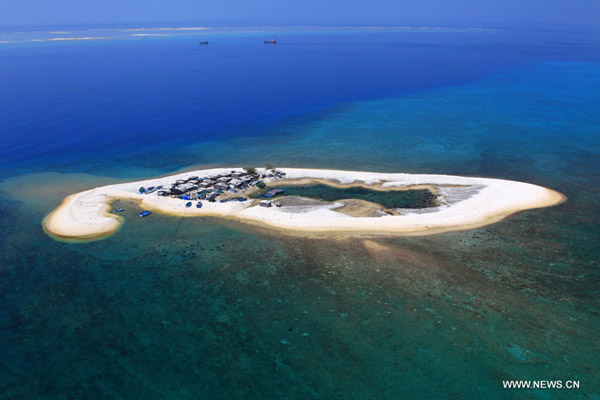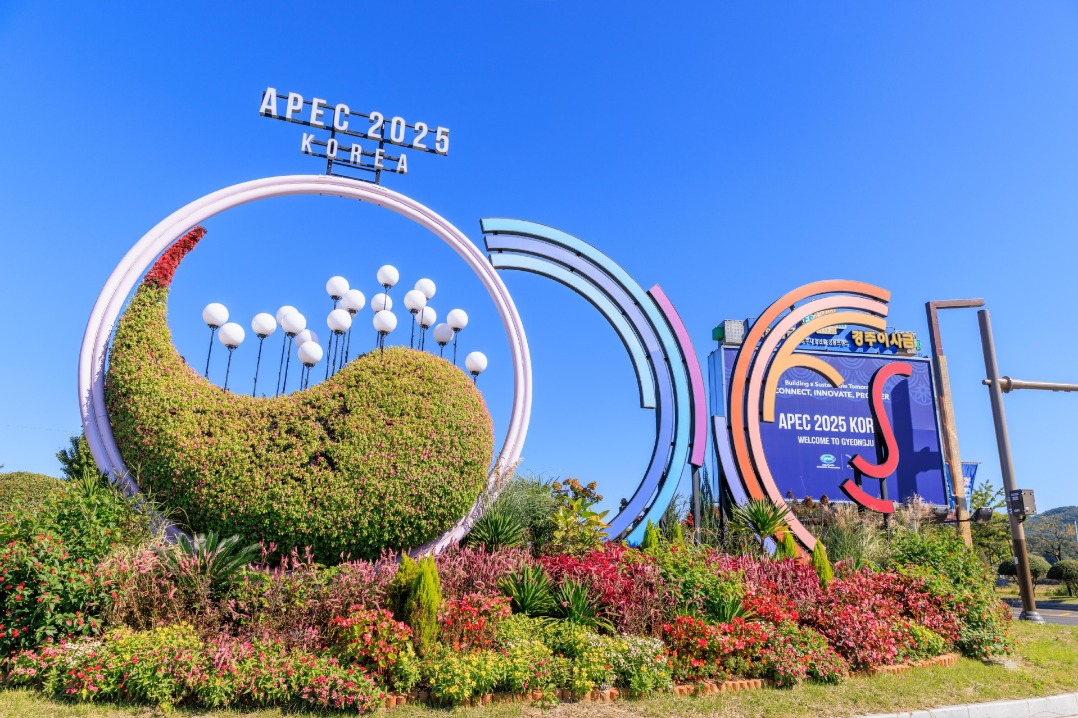The important role of the DOC on regional peace and stability


The Declaration on the Conduct of the Parties in the South China Sea (DOC) is the first document signed between China and the ten ASEAN countries to control activities and actions in the South China Sea through a set of accepted norms. The agreement to reach the DOC in 2002 and later arrangements to implement it signifies maturity in relations between China and ASEAN countries, which is an important process in controlling the differences over South China Ses issue from escalation and promoting practical cooperation. In the twenty years that have passed, the DOC has played an important role in keeping overall peace and stability in the South China Sea.
The signing of the DOC has been hailed as a milestone event in China-ASEAN relations over the South China Sea in the following aspects:
First, the DOC has contributed to the promotion of political confidence in the South China Sea region by having the mutually accepted norms included in the DOC. The signatory countries can better predict the activities and actions of other countries involved as well as constrain theirs to those which are considered in line with the DOC. In so doing it is expected that conflicts can be avoided and co-operative activities promoted. The DOC has laid a solid foundation for further strengthening relations between China and ASEAN member states. The purpose of “peace-and-stability-keeping” and principles included in the DOC have been reiterated through the years by China-ASEAN joint statements and plans of actions, which create a strong political restraint for country behaviors in dealing with South China Sea issues.
Second, the DOC upholds key principles of international law to manage their relations in the South China Sea, in particular the principle of peaceful settlement of disputes (Article 1) and self-restrict (Article 5). It has shown the collective commitment of China and ASEAN Member States to promote peace, stability and mutual trust, as well as peaceful settlement of disputes in the South China Sea in accordance with the universally recognized principles of international law, including the 1982 UNCLOS. The DOC made important contributions to implementing the goal set in this commitment. Since it was signed, claimant countries have neither occupied new insular features in any form nor used force to settle their territorial disputes over insular features. When tensions occurred, measures have been taken to reduce and diffuse them. Abiding by these principles is conducive to effective crises control in the South China Sea when tensions arise.
Third, the DOC has emphasized the most effective and practiced way of dispute resolution—friendly negotiation and consultation (Article 4)—for the region. The South China Sea issue is complicated because it not only involves the sensitive sovereignty and sovereign rights but also other rights concerning the international community, such as freedom of navigation and over-flights, resources exploitation and scientific research. Through consensus-based consultation taking into account the comfortable feelings of all parties involved, the parties have kept their differences over territorial and maritime disputes under management. Under the guidance of the DOC, China has established bilateral mechanisms with Vietnam and the Philippines over the South China Sea issues and has been keeping close communication with Malaysia and Brunei over their maritime issues. The process leading to the DOC and its implementation signifies the importance in Asian culture of mutual respect and commitments. The developments during the past years have shown that any challenge to this principle of best Asian practice like the 2016 Arbitration case initiated by the Philippines could lead to situation detrimental to peace and stability in the region.
Fourth, the DOC provides opportunities for practical maritime cooperation for signatory countries. Article 5 encourages dialogues and exchanges among militaries of the countries concerned. Article 6 clarifies five areas of maritime cooperation including marine environmental protection, marine scientific research (MSR), safety of navigation and communication at sea, search and rescue operations, as well as measures to deal with non-traditional maritime security issues like trafficking in illicit drugs, piracy and armed robbery at sea. Since the signing of the DOC, attempts have been made to further promote practical co-operation projects.
The DOC, together with the UNCLOS, was considered as the basis for the Tripartite Agreement for Joint Marine Seismic Undertaking in the Agreement Area in the South China Sea among national oil companies of China, the Philippines and Vietnam, which was signed on 14 March 2005. The Joint Oceanographic Marine Scientific Expedition in the South China Sea (JOMSRE-SCS) was launched jointly by the Philippines and Vietnam in 1994 and later joined by participants from China, the US and Canada. Four expeditions were carried out in April 1996, May 2000, April 2005 and April 2007, respectively. Through the talks at the senior official meetings, cooperation projects have been implemented, including, inter alia, the establishment of Hotline Communications among Senior Officials of the Ministers of Foreign Affairs in Response to Maritime Emergencies at Sea; the Application of the Code of Unplanned Encounters at Sea (CUES) in the South China Sea; and training programs on MSR and for the maritime law enforcement forces. Confidence and trust have been enhanced through all these practical cooperation, which is conducive for final peaceful resolution of the disputes in the South China Sea.
Comparing with 2002, when the DOC was signed, the geostrategic environment has changed in the South China Sea region. With competition among big powers increasing, external intervention has become the key element affecting negatively the regional security situation. The US has strengthened pushing ahead its Indo-Pacific strategy by increasing its military presence and power projection in the South China Sea in the name of “protection of law and order”.
China and the member states of ASEAN have recognized that new developments may endanger the regional peace and stability and a stronger sense of urgency is growing to reach an agreement on a COC, which is the goal of implementing the DOC (Article 10). Since the consultation process on the COC started in 2013, important achievements have been achieved. In 2018, the Single Draft Negotiation Text was reached, and the second reading is expected to finish by the end of this year. Through the process of consultation over the COC, understandings have been improved among the parties by reducing misjudgment and miscalculation. It would make it possible for reasonable compromise to be offered and limitations could be handled with wisdom in the future negotiation over the final text of the COC, to achieve the final aim to build the South China Sea as “a sea of peace, friendship and cooperation”.
Li Jianwei is Director and Research Fellow of National Institute for South China Sea Studies, China.


































